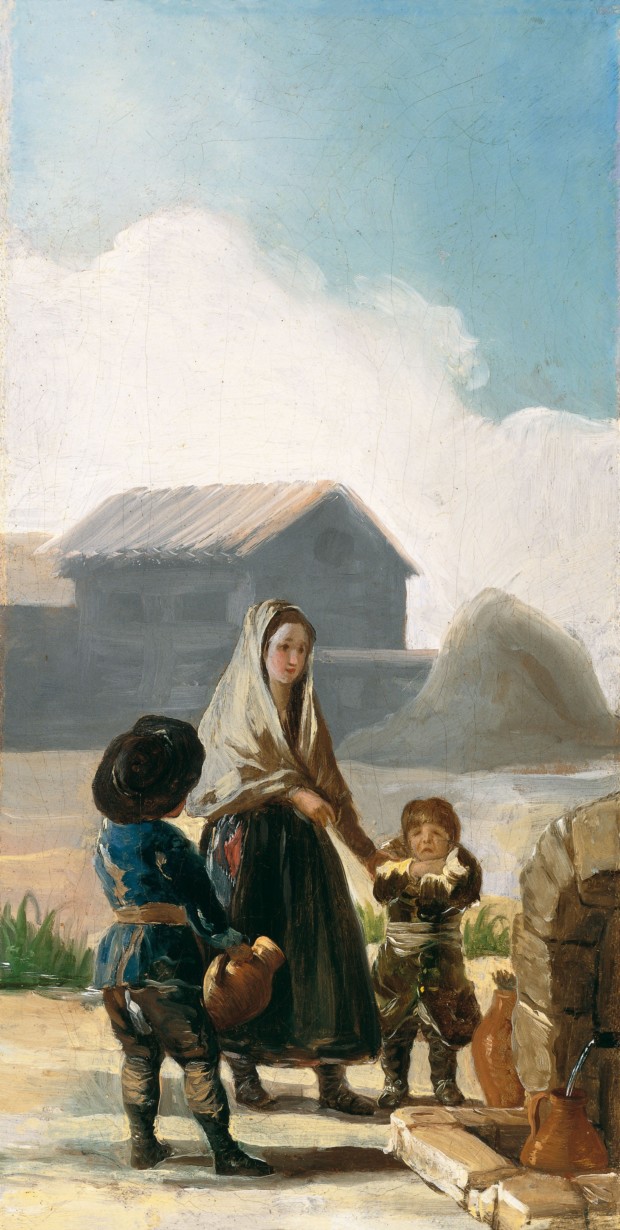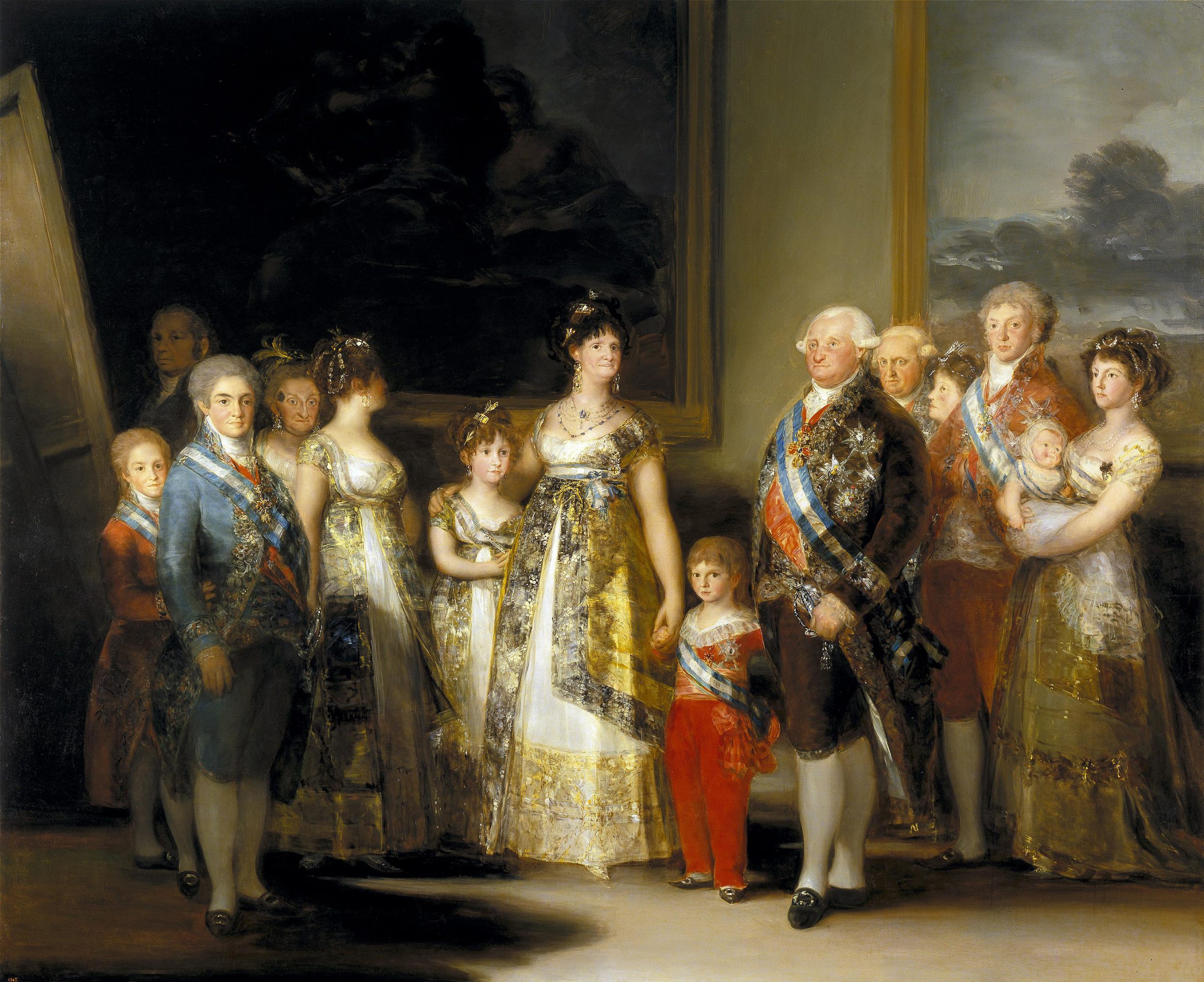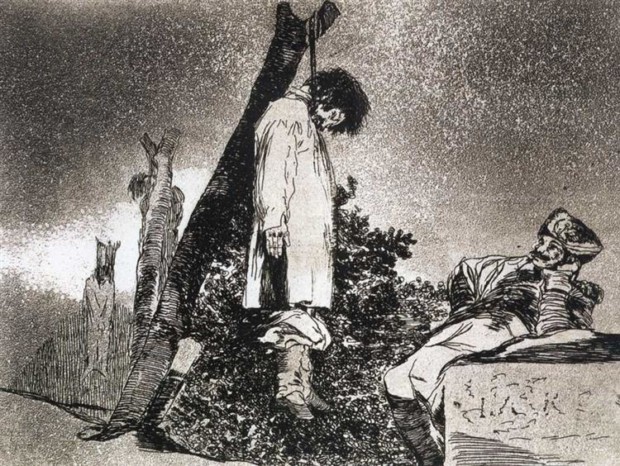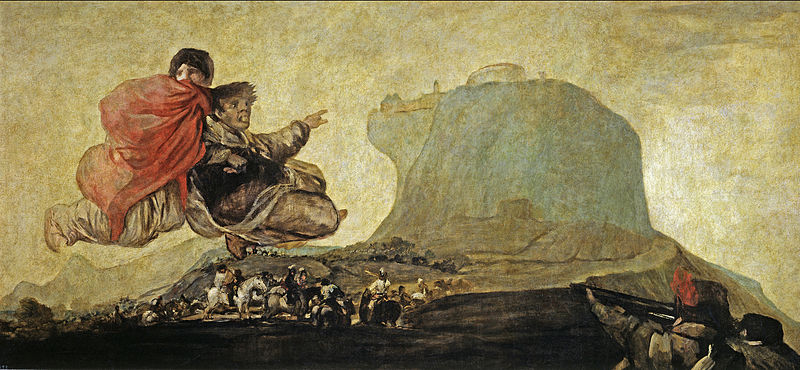Between Word and Image: The Creative Mind of David Jones
David Jones (1895–1974) was an artist, poet, writer and craftsman; a name synonymous with the Modernist era but one that still remains lesser known...
Guest Profile 21 October 2024
Goya’s paintings are often disturbing and very very dark. It’s because his activity coincided with the last period of the Enlightenment, the rule of the Inquisition, and the trauma of the Napoleonic Wars. Let’s trace the development of his style and iconography to see whether we can say that he made a career.

He began working in Catholic Spain as a portrait painter to the aristocracy, and the royal family. Born near Saragossa to a family of craftsmen, he trained in Madrid and, briefly, in Rome. From c.1775 he was producing tapestry cartoons for the Royal factory which were usually genre scenes of peasant fetes and carnivals.

He was a liberal figure much influenced by republicanism, anti-clericalism, and radicalism of French Enlightenment philosophy. Initially, he was a supporter of Napoleon, yet as the Napoleonic Wars in Spain resulted in massacres, the trauma of the contradictions between his ideals and reality, coupled with the illness which left him deaf, produced personal crises for the artist and was the source of his rich creativity.

Having reconciled himself with the restored Spanish monarchy he began a series of etchings The Disasters of War from 1810 to 1820. These examined the atrocities of the Peninsula War and presented a profound indictment of the horrors of warfare. In 1815 Goya was summoned before the Inquisition. He had to account for his tacit support for the French, and, for the “pornographic”’ image of The Clothed Woman (La Maja Vestida).

In 1819 Goya suffered a severe physical/mental breakdown and in 1824 he applied to the Spanish King for leave to retire. He left for Bordeaux, in France, where he died in 1828. His late works, so-called Black Paintings (Pinturas Negras), were filled with demonic and grotesque images, expressive of his torment. He painted them on the walls of his house, yet the murals are now transferred onto canvas for all to see.
DailyArt Magazine needs your support. Every contribution, however big or small, is very valuable for our future. Thanks to it, we will be able to sustain and grow the Magazine. Thank you for your help!